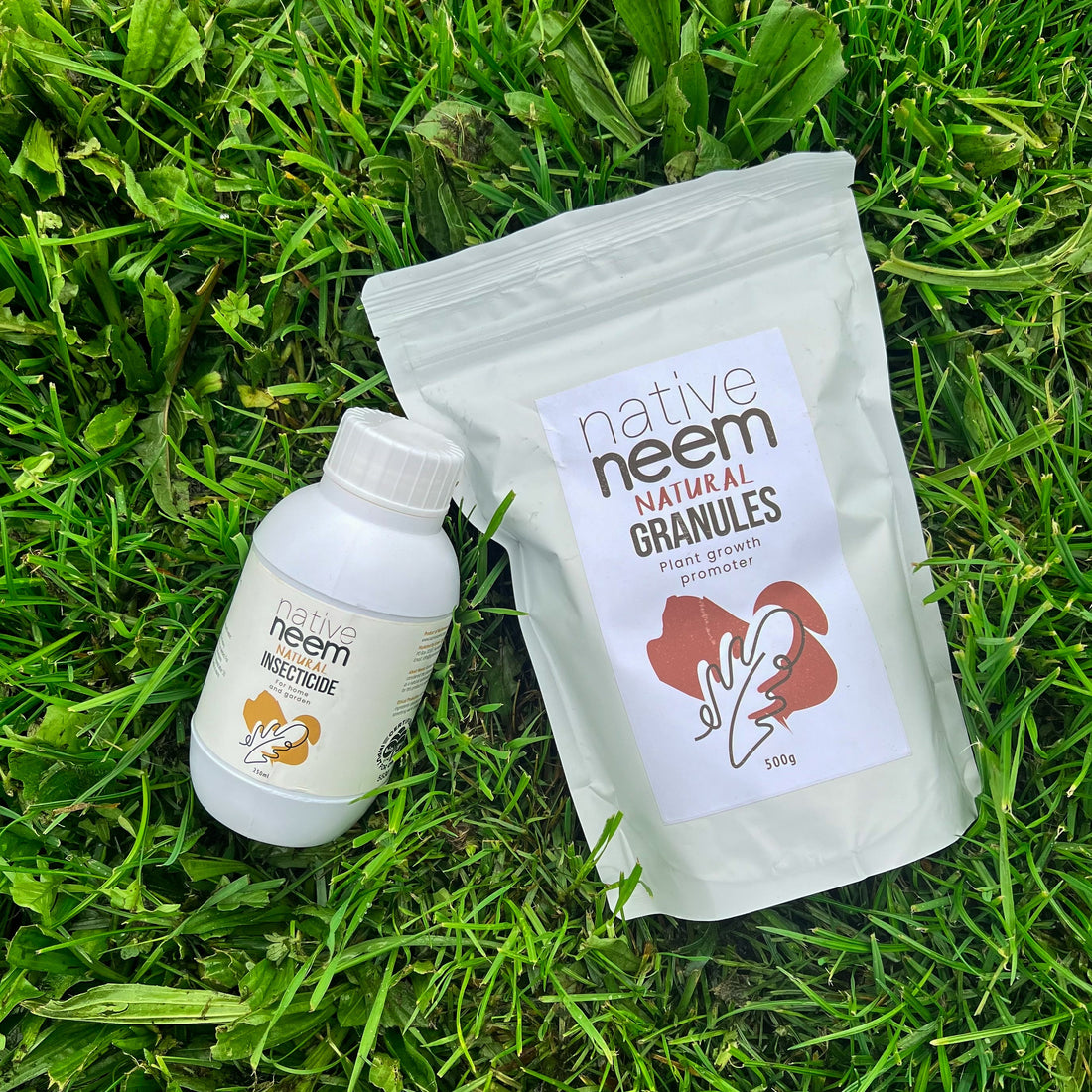So we also share the pangs of frustration when you’ve tended to your lawn meticulously throughout the year, yet come March through July, yellowing dry patches begin to appear. Your hard work its being undone by Grass Grubs.
Grass grubs (Costelytra zealandica) are a soil dwelling insect native to New Zealand that is found throughout the country in areas of tussock, grassland and agricultural land. They are the larvae of beetles and can cause significant damage to grasses, pasture and crops by feeding on the plant roots. The damage appears as dry yellowing patches within an otherwise healthy patch of land.
Lifecycle:
The grass grub has an average life cycle of one year, so when looking manage an infestation, it is important to first understand the nature of how they grow and develop.
Between the months of October and December, adult beetles are flying around above ground to mate and feed. Over a span of 2-3 weeks, the females will lay their eggs 100mm-150mm below the soil surface.
The larvae hatch approximately 3 weeks later and begin immediately feeding on the roots of plants above them.
From mid-January to February, the larvae move up to the top 6cm of soil, still continuously feeding.
In June they are living closest to the top of the soil at a depth of only 2-3cm, before burrowing back down for winter.
As the temperatures warm from Spring through to Summer, the larvae once more move back up towards the soil surface, where they are to emerge are grown beetles and take flight to continue reproduction.
Best time to take action:
- When the beetles are spotted flying around, acting as a preventative against their ability to reproduce.
- Applications of substances to kill off the grubs are best applied in the months that they are closest to the soil surface. First in their early larvae stage from February to late Autumn. Secondly from Spring to Summer when older pupae move up to the top of soil again.
- Aim to prevent reproduction as well as growth.
Neem is a native Indian tree that is used widely throughout organic gardening an agricultural practice as a natural insecticide. It is the active constituents in Neem that have been shown to effectively control garden pests by inhibiting their ability to grow, reproduce and feed.
A combination of Native Neem’s Organic Neem Insecticide with the Organic Neem Granules is an effective way to also combat Grass grubs throughout their various stages of growth.
Recommended use:
We recommend spraying the Organic Neem Insecticide over lawn area from mid-January through till March.
A 10-15ml mixture of Organic Neem Insecticide to 1L or warm water can be used to spray onto the grass surface as will cover approximately 3-5m2.
Next, sprinkle 50-80 grams of Organic Neem Granules evenly over a 1 meter squared surface of lawn.
After applying both Organic Neem Insecticide and Organic Neem Granules, we recommend watering the lawn further so that both products can soak deeper into the soil surface.
Repeat this process every 6 weeks until the end of June.
Organic Neem Insecticide and Organic Neem Granules can also be applied in the same method between October and December.
